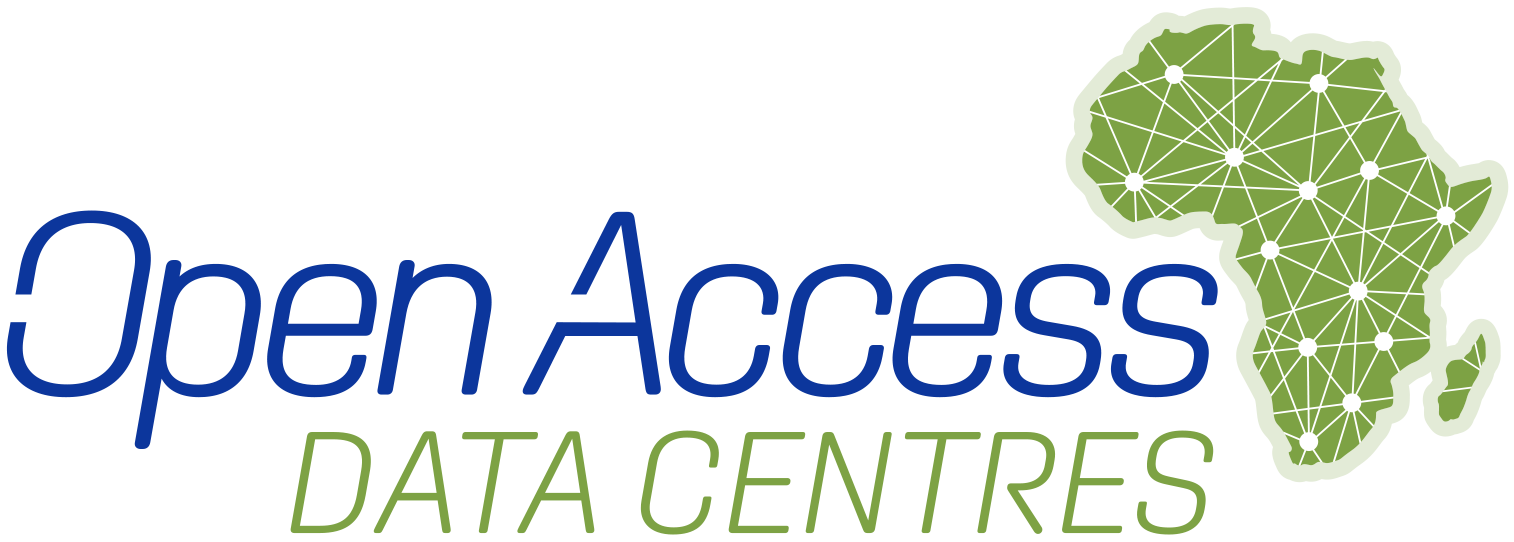Africa’s digital landscape is changing at a rapid rate. As data becomes increasingly mission critical, being able to manage it efficiently and effectively in-house is growing more and more challenging.
IT professionals face issues in a number of areas: scalability of data centre space as business needs change, high cost of remaining compliant with standards, budgeting for contingencies to protect continuation of service, IT skills shortages and minimising environmental impact. Additionally, there are outsourcing advantages in changing colocation to an operational cost rather than a capital expenditure, and the benefit of 24/7/365 monitoring and professional expertise.
The result is that an increasing number of organisations of all sizes and across all industry sectors are outsourcing their data hosting and management. These capabilities are being migrated to dedicated third-party data centre facilities designed to house client equipment, software, applications, and the sophisticated IT infrastructure underpinning the internet and global cloud.
In many parts of Africa, colocation is recognised as an essential part of an organisation’s ongoing IT strategy. Not so well known are the opportunities and benefits of a relatively new, but rapidly developing, technology infrastructure that extends and innovates on the capabilities found in such facilities – Edge.
What is the Edge?
The Edge is the infrastructure that enables the relocation of computing power and hosting closer to end-users, supporting the efficient processing of large volumes of data close to point of consumption. Edge services in effect optimise clients’ experience and usage, whilst delivering a range of services closer to the point of use, thereby providing performance improvements and cost benefits.
As well as supporting rapid and cost-effective expansion of network reach for network operators, Edge delivers latency improvements by enabling content to be served locally, which maximises the end-user experience and also enables successful rollout of new, time-sensitive applications. It also allows organisations to pre-process large volumes of critical data at or near the source of data generation. Data generation sources will increasingly include embedded devices and mobile devices such as smartphones, laptops or wearable technologies.
An Edge gateway offers the ability to process large amounts of data from an application, device or an entire system, and filter out only the relevant data to forward to the core data centre. This of course optimises bandwidth demand and costs and improves application efficiency, no matter how remote the location.
Why Edge Services Now?
The Internet of Things (IoT), 5G, AI and machine learning are all rapidly developing technologies that open new business opportunities and offer desirable services for end-users. Each of these technologies relies on the highest levels of performance – high-speed and high-capacity service are essential, meaning that the closer servers are to the point of data generation, the lower the latency.
We are at a point where nearly every object in our world can have computing and connectivity built in. That might be something as simple as a consumer doorbell or as complex as a robotic manufacturing process. Analysts at IDC predict that the number of IoT-connected services globally will reach 40 billion by 2025, with the number of daily data interactions per person close to 5,000 (up from 601 a day in 2020). While Africa is currently behind other parts of the world in terms of adoption, change is happening. IDC research indicates that the use of IoT in South Africa, for example, is expected to grow by 14% a year from 2020 to 2025.
South Africa is also spearheading the development of 5G, with other countries planning to follow. Numerous examples from around the world show that once 5G becomes operational, it enables the implementation of innovative solutions that overcome existing obstacles to growth. It can transform industrial processes and generate social and economic benefits. Agriculture, manufacture, construction, finance, healthcare and education are just some of the sectors where a fusion of 5G, IoT and AI leads to dramatically improved efficiencies and improved welfare.
The development of the Edge is a major step forward in taking advantage of Africa’s economic potential. Not only can Edge services enable established organisations to grow revenue; it can also launch new business opportunities and enable new use cases and applications.
What Does Africa Need for Edge Advantage?
To capitalise on current and future Edge technologies, the continent needs a pan-Africa digital infrastructure; a diverse interconnected, open-access architecture framework delivering high performance and low latency.
OADC is leading the drive to transform Africa’s digital capabilities with a unique core to edge proposition – OADC EDGE – meshing local edge and core data centres which are fully connected into Africa’s network infrastructure across multiple countries and cities. This enables the extension of data storage, processing and content delivery to the network edge.
Before OADC consolidated edge computing, edge data centres and hyperscale connectivity within a single ecosystem, cloud and content providers have had to rely on data centres in just one or two locations to make their content available within a country or region. With all data having to be transported to centralised data centres for processing, the result was high backhaul costs and inherent latency and user-experience issues.
OADC is moving at speed to implement the most extensive deployment ever in Africa of open-access data centres. We are uniquely providing a seamless Edge data centre infrastructure across the continent that will drive rapid economic growth and stimulate new and exciting opportunities which offer the potential for Africa to leapfrog the world.




